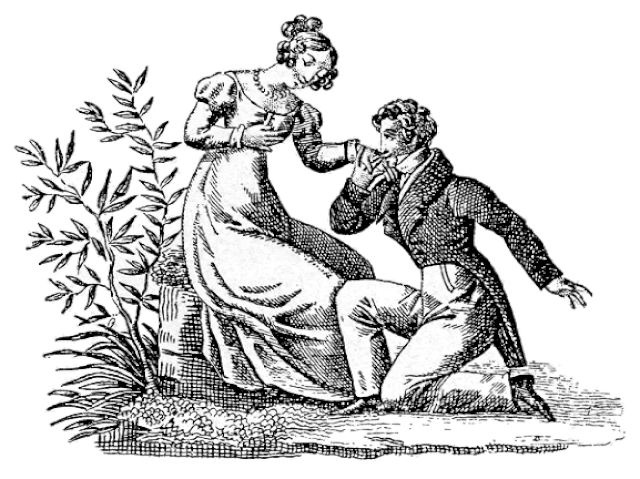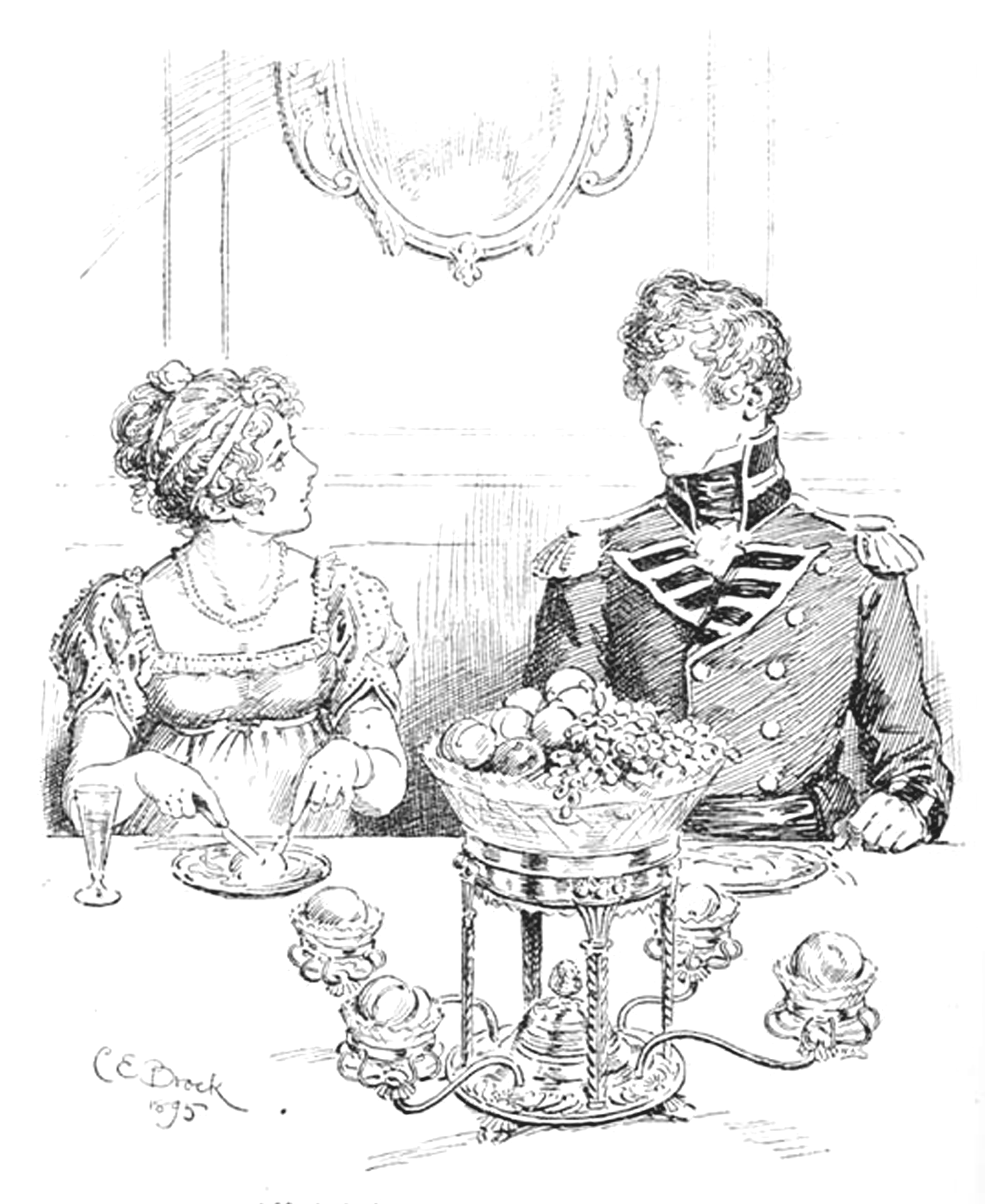The Life of a Seamstress
March 15th – The seamstress came this morning to begin my wardrobe. We were with her for more than two hours and Mama ordered so many new gowns as that I am sure I shall never wear the half of them, but she insists that I must be properly dressed.
– From The Journal of a Regency Lady, Chapter 5 by Anne Herries
The above quote, though coming from a contemporary author, might well have been written during the regency era. Women’s clothes were made at home during this period by the ladies themselves, their servants, or a professional seamstress. A dressmaker (or mantua maker) would charge about 2 pounds per garment and come to the house for fittings, where she might be served tea. A successful mantua maker who had set up shop in the fashionable part of Town would also provide a pleasant environment in which a lady could relax, serving tea and refreshments to prolong the shopping experience.
In her letters, Jane Austen mentioned a Miss Burton, who made pelisses for her and Cassandra in 1811. The cost of cloth and labor were reasonable, she wrote, but the buttons seemed expensive. Fabrics, increasingly mass produced, became more affordable during the Industrial Revolution, and demand for clothes grew among the newly wealthy middle class women. Young girls who sought work in the cities became seamstresses in homes and sweat shops. A little over twenty years after Jane’s death, the poor working conditions described below were common for seamstresses.
EVIDENCE TAKEN BY Children’s Employment Commission February 1841 Miss — has been for several years in the dress-making business…The common hours of business are from 8 a.m. til 11 P.M in the winters; in the summer from 6 or half-past 6 A.M. til 12 at night. During the fashionable season, that is from April til the latter end of July, it frequently happens that the ordinary hours are greatly exceeded; if there is a drawing-room or grand fete, or mourning to bemade, it often happens that the work goes on for 20 hours out of the 24, occasionally all night….The general result of the long hours and sedentary occupation is to impair seriously and very frequently to destroy the health of the young women. The digestion especially suffers, and also the lungs: pain to the side is very common, and the hands and feet die away from want of circulation and exercise, “never seeing the outside of the door from Sunday to Sunday.” [One cause] is the short time which is allowed by ladies to have their dresses made. Miss is sure that there are some thousands of young women employed in the business in London and in the country. If one vacancy were to occur now there would be 20 applicants for it. The wages generally are very low…Thinks that no men could endure the work enforced from the dress-makers.
Enjoyed this article? If you don't want to miss a beat when it comes to Jane Austen, make sure you are signed up to the Jane Austen newsletter for exclusive updates and discounts from our Online Gift Shop.




Leave a comment
This site is protected by hCaptcha and the hCaptcha Privacy Policy and Terms of Service apply.